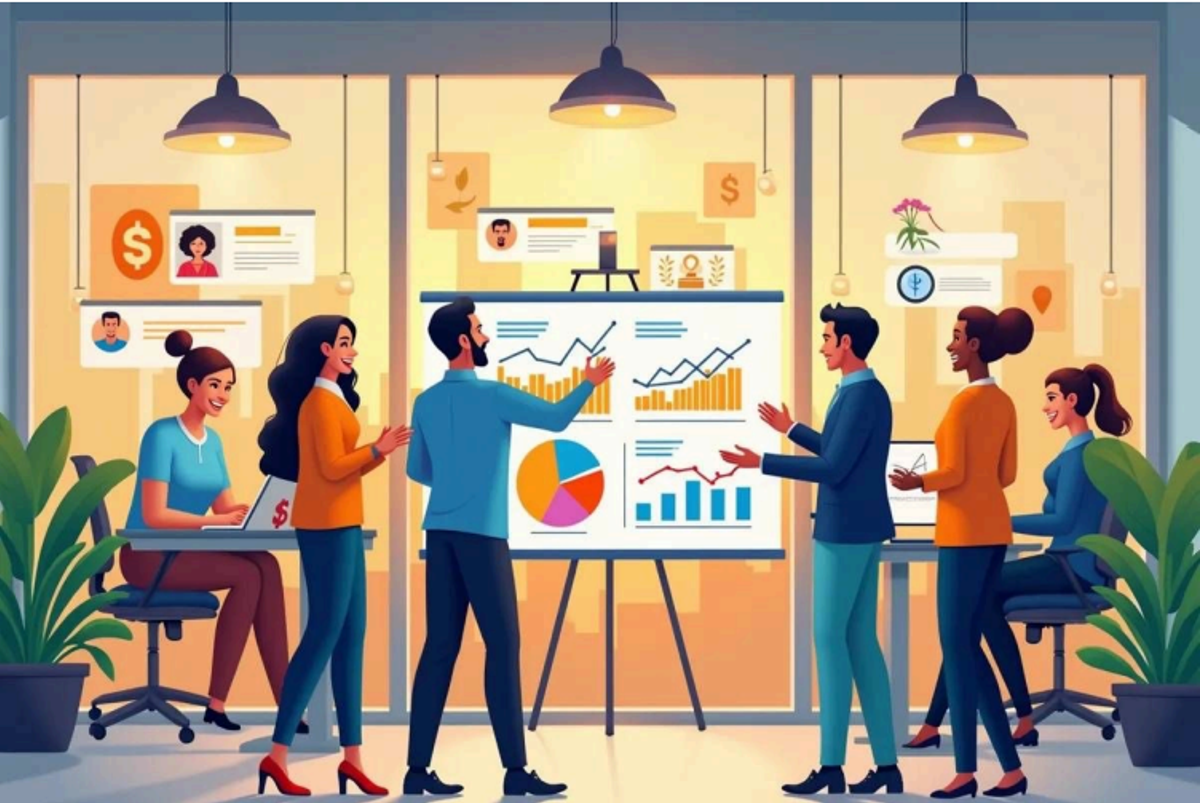Employee Experience Strategy
Proven Steps to Fostering a Thriving Workplace
How to improve employee engagement

Kunal Trehan
Employee Engagement Consultant

In today’s competitive landscape, it’s clear that companies need to invest in their people just as much as they invest in their products, services, or customers. When employees feel valued, connected, and purpose-driven, they’re more likely to contribute positively, stay engaged, and help the organization succeed. But crafting an effective employee experience (EX) strategy requires more than perks and benefits; it requires a thoughtful approach that aligns with your organization’s purpose, brand, and culture.
Where should you begin in developing an impactful employee experience strategy? And what changes create real, lasting value for your organization? The key lies in three essential phases: aligning EX with your company’s purpose, brand, and culture; focusing on the seven stages of the employee life cycle; and recognizing core needs at every step of the way. These steps will help you build a meaningful strategy that keeps employees engaged, productive, and invested.
1. Aligning Employee Experience with Purpose, Brand, and Culture
An effective employee experience reflects the organization’s mission, values, and identity. Every employee interaction should reinforce your core values and reflect the workplace you aspire to create.
The Power of Purpose in Employee Experience
The foundation of a successful EX strategy begins with purpose. Ask: How can we bring our purpose to life in the daily roles, tasks, and touchpoints of our employees? Consider how your company’s mission shapes every phase of the employee journey—from recruitment and onboarding to performance reviews and even offboarding. For example, if your purpose emphasizes customer-centricity, that value should appear in hiring practices, training programs, recognition systems, and internal communication.
Bringing Culture to Life Through Rituals
Culture is made tangible through everyday rituals and routines. Critical milestones like onboarding, performance reviews, and exits are more than procedures—they’re opportunities to demonstrate your company’s values.
- Onboarding sets the tone for the employee’s work environment and expectations.
- Performance reviews allow for authentic recognition and reinforcement of a growth-focused culture.
- Exits, when handled with respect and appreciation, show that contributions are valued throughout the entire employee journey.
When thoughtfully designed, these cultural moments can elevate the employee experience and communicate your values across the organization.
Making Your Brand and Purpose Tangible
Define your cultural and brand aspirations clearly, then embed them into every phase of the employee life cycle. This consistency creates a workplace where employees feel purpose and connection, setting your organization apart and enhancing long-term engagement.
2. Focusing on the Seven Essential Stages of the Employee Life Cycle
A strategic employee experience must be built around the full employee life cycle—seven key stages where meaningful employee-employer interactions take place. These are the moments where values are reinforced, loyalty is cultivated, and engagement is deepened.
The Seven Stages of the Employee Life Cycle
- Attraction – The first touchpoint. Potential candidates form their initial impressions of your brand. Showcase your culture and values early.
- Recruitment and Hiring – Go beyond skills. Hire for cultural fit and long-term alignment with your purpose.
- Onboarding – A crucial moment to welcome new hires, integrate them into the team, and connect them to your mission.
- Engagement – Keep employees connected and motivated by recognizing their contributions and fostering a sense of belonging.
- Performance Management – Use reviews to give constructive feedback, celebrate wins, and promote growth.
- Development and Growth – Provide clear paths for learning and advancement to help employees evolve and thrive.
- Offboarding – Treat departures with respect and recognition. Positive offboarding can lead to future brand advocacy and even rehiring.
A poor experience at any stage can diminish the overall employee journey. Just as a bad customer service experience can damage brand loyalty, a negative internal experience can lead to disengagement and turnover.
Creating a Consistent, Positive Experience
The employee experience is cumulative—each stage builds upon the last. Organizations just beginning their EX journey should start by evaluating each stage through the lens of their company culture. By strengthening every phase, you create an environment that fosters loyalty, trust, and high performance.
3. Remembering the Core Needs at Every Stage
While each stage of the employee life cycle has specific goals, several foundational needs remain constant. These core needs influence how employees perceive and engage with your organization at every level.
Core Needs That Shape Employee Experience
- Manager-Employee Relationship – Strong relationships with managers are a cornerstone of engagement. Managers should offer support, guidance, and recognition regularly.
- Role Clarity – Employees are more confident and productive when they understand their responsibilities and expectations.
- Contribution to Team – People want to know their work matters. Acknowledging each individual’s impact fosters purpose and inclusion.
- Workspace and Environment – Both physical and digital workspaces influence employee satisfaction. Invest in an environment that supports productivity, wellness, and flexibility.
- Overall Well-being – Support mental, emotional, and physical well-being with programs that encourage work-life balance and holistic development.
Reinforce these needs across all stages to create an employee journey that is supportive, consistent, and inspiring.
Making Your Employee Experience Strategy a Reality
To move from theory to action, consider the following practical steps:
- Engage in Continuous Feedback – Gather employee insights at each stage through surveys, check-ins, and group discussions. Use this data to guide improvement.
- Develop a Clear Communication Plan – Ensure everyone understands the EX strategy, especially managers, who are essential in bringing it to life.
- Invest in EX-Supportive Technology – Use tools that streamline operations, enhance communication, and promote recognition and collaboration.
- Measure and Refine – Regularly assess the impact of your initiatives through engagement scores, retention rates, and employee feedback. Adjust as needed.
- Celebrate Successes and Milestones – Acknowledge team wins, anniversaries, and individual contributions to reinforce a positive culture.
Final Thoughts: Designing a Lasting Employee Experience Strategy
A strong employee experience strategy is not built in a day—it requires intentionality, commitment, and continuous refinement. When you align your employee experience with your company’s purpose, culture, and values—and when you nurture core needs at each stage of the employee life cycle—you create a workplace where employees feel seen, supported, and inspired.
Ultimately, a great EX strategy doesn’t just improve employee satisfaction. It attracts top talent, retains high performers, and enhances organizational performance. It helps people thrive—and when your people thrive, your company does too.
An impactful employee experience is not just good for business; it’s essential for building a workplace where everyone can flourish.